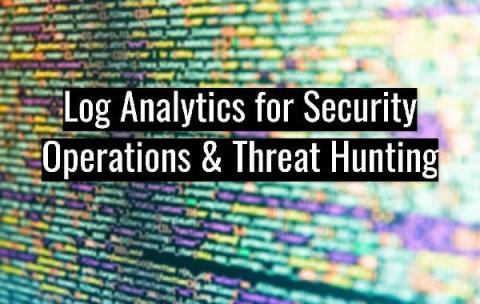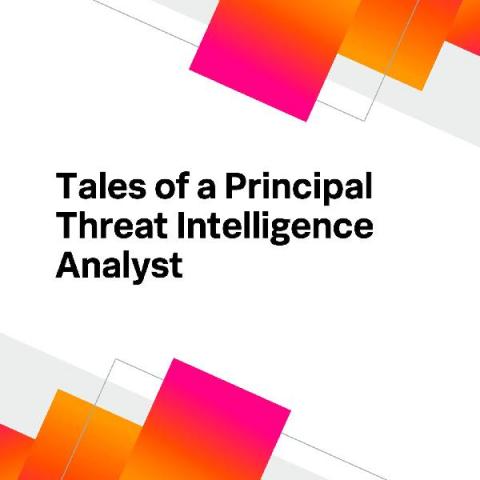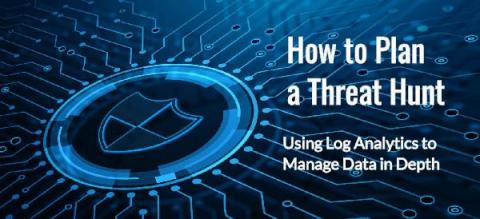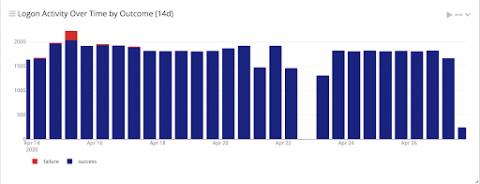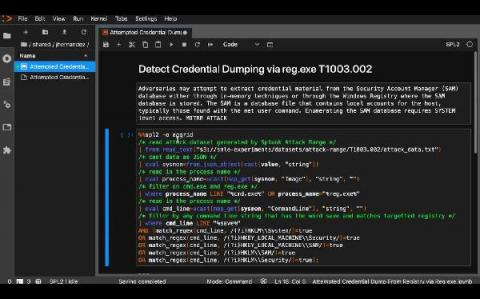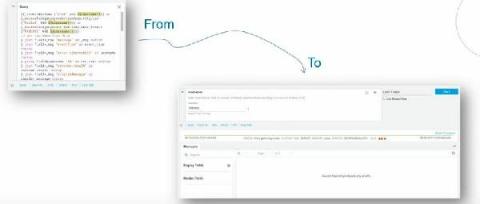Operations | Monitoring | ITSM | DevOps | Cloud
Latest Posts
The Role of Threat Hunting in Modern Security
Threat Hunting with Cloud SIEM
Tales of a Principal Threat Intelligence Analyst
At Splunk, we’re constantly on the hunt for new and emerging threats — tirelessly developing detection techniques to zero in on bad actors, while sharing key intelligence around cybercrime activity. But because threat intelligence can relate to so many different things — ranging from spear phishing campaigns to dark web dealings — it can be a challenge to cover and define all the specifics of what (or who) to look out for.
How to Proactively Plan Threat Hunting Queries
As your security capabilities improve with centralized log management, you can create proactive threat hunting queries. Setting baselines, determining abnormal behavior, and choosing an attack framework helps you mitigate risk and respond to incidents. To reduce key metrics like the mean time to investigate (MTTI) and mean time to respond (MTTR), security operations teams need to understand and create proactive queries based on their environments.
How to Plan a Threat Hunt: Using Log Analytics to Manage Data in Depth
Threat Hunting with Threat Intelligence
With more people working from home, the threat landscape continues to change. Things change daily, and cybersecurity staff needs to change with them to protect information. Threat hunting techniques for an evolving landscape need to tie risk together with log data. Within your environment, there are a few things that you can do to prepare for effective threat hunting. Although none of these is a silver bullet, they can get you better prepared to investigate an alert.
Threat Hunting With ML: Another Reason to SMLE
Security is an essential part of any modern IT foundation, whether in smaller shops or at enterprise-scale. It used to be sufficient to implement rules-based software to defend against malicious actors, but those malicious actors are not standing still. Just as every aspect of IT has become more sophisticated, attackers have continued to innovate as well. Building more and more rules-based software to detect security events means you are always one step behind in an unsustainable fight.
How Clorox leverages Cloud SIEM across security operations, threat hunting, and IT Ops
Investigative analysis of disjointed data in Elasticsearch with the Siren Platform
At Siren, we build a platform used for “investigative intelligence” in Law Enforcement, Intelligence, and Financial Fraud. Investigative intelligence is a specialisation of data analytics that serves the needs of those that are typically hunting for bad actors. Such investigations are the primary focus of law enforcement and intelligence, but are also critical to uncovering financial crime activities and for threat hunting in cybersecurity.


